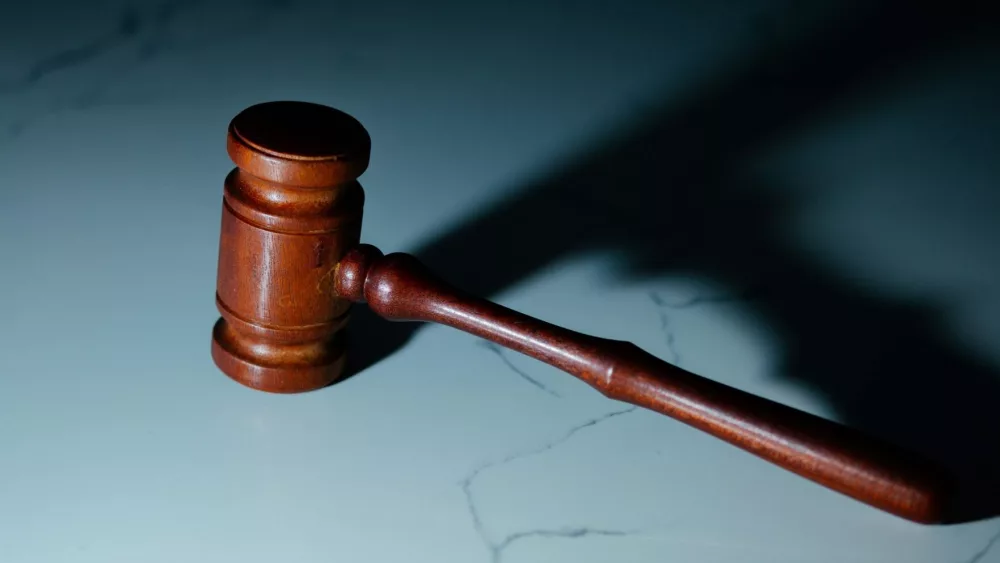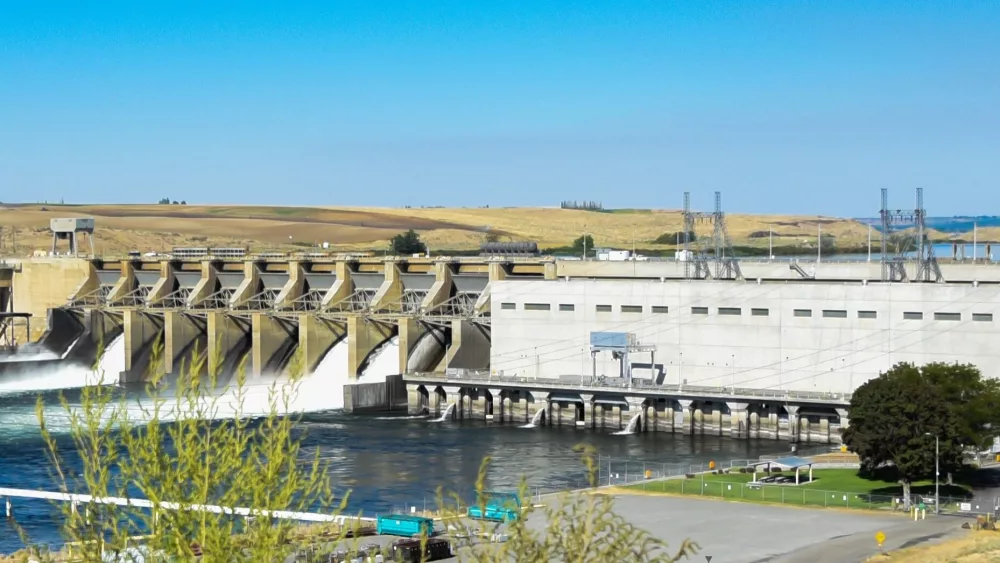(The Center Square) – Washington raised $370.6 million in the Department of Ecology’s final quarterly carbon auction of 2023, bringing in a total of approximately $2 billion in the first year of the state’s cap-and-trade program aimed at substantially decreasing carbon emissions by 2050.
The cap-and-trade portion of the Climate Commitment Act, which went into effect at the beginning of the year, requires emitters to obtain “emissions allowances” equal to their covered greenhouse gas emissions at quarterly auctions hosted by the Department of Ecology.
The $2 billion figure includes all four quarterly auctions held this year – the last one held on Dec. 6 – and two Allowance Price Containment Reserve auctions. The APCR is a separate pool of allowances that can be released into the market when increased demand at a quarterly auction pushes prices above a certain level.
Auction settlement prices – the price announced by Ecology at the conclusion of each auction that all successful bidders pay for each allowance – had gone up during the second quarter and third quarter auctions, but went down during the fourth quarter auction.
The settlement price for the first quarter of 2023 for one metric ton of carbon was $48.50; $56.01 for the second quarter; $63.03 for the third quarter; and $51.89 for the fourth quarter.
Todd Myers, director of the Center for the Environment at the free market Washington Policy Center think tank, pointed out something interesting about the final settlement price for the most recent auction.
“The most notable thing about the allowance price is that it is one penny below the threshold of $51.90 that triggers a special auction of CO2 allowances from the credit reserve,” Myers observed in a Monday blog. “If the settlement price had been one cent higher, Ecology officials would have held a special auction to put more emission credits on market in an effort to drive prices down.”
He explained his reasoning: “In the first special [APCR] auction, Ecology offered just over one million allowances split between $51.90 and $66.68. In the second special auction, Ecology offered another five million credits at $51.90.”
That sent a signal to bidders, Myers said, and they acted accordingly.
“If the settlement price for the fourth quarter reached $51.90, Ecology said it would have put about two million more allowances on the market,” he said. “Bidders seem to have reasonably assumed that those credits would again be offered at a flat rate of $51.90.”
Myers continued, “As a result, bidders offered $51.89, knowing that if they failed to win the allowances they needed it would be because the price hit $51.90, triggering another special auction, and there would be another opportunity to buy credits for one penny more per allowance.”
Those pennies add up, he noted.
“A penny doesn’t seem like a lot, but for entities looking to purchase one million credits, that savings amounts to $10,000,” Myers said.
According to Myers, the average cost for a metric ton of carbon in 2023 was $54.74, or about 43 cents per gallon of gas and 53 cents per gallon of diesel.
Earlier this year, Gov. Jay Inslee predicted cap-and-trade would add only “pennies” to the cost of a gallon of gas.
Washington currently has the third-highest average gas prices in the nation, behind only California and Hawaii, per the most recent figures from AAA.
Inslee defended his prediction during a one-hour interview on TVW’s final “Inside Olympia” episode of the year.
“Well, what we did is our department made a good faith assessment of what we predicted the auction costs would be,” the governor told host Austin Jenkins. “But like any auction, there’s no perfect predictions. You and I can’t tell anybody what the Dow Jones is going to be tomorrow, much less six months from now.”
Inslee said there is “some upside” to the carbon auction windfall.
“A lot of people are going to get help with their utility bills as a result of this,” he said, a reference to his supplemental budget that proposes using $150 million of cap-and-trade revenue to cover a one-time $200 credit on residential electricity bills to an estimated 750,000 low-and moderate-income families.
Noting the number of allowances offered for auction will go down next year, Myers predicted “we are likely to see the impact of the tax on CO2 emissions increase in 2024.”





